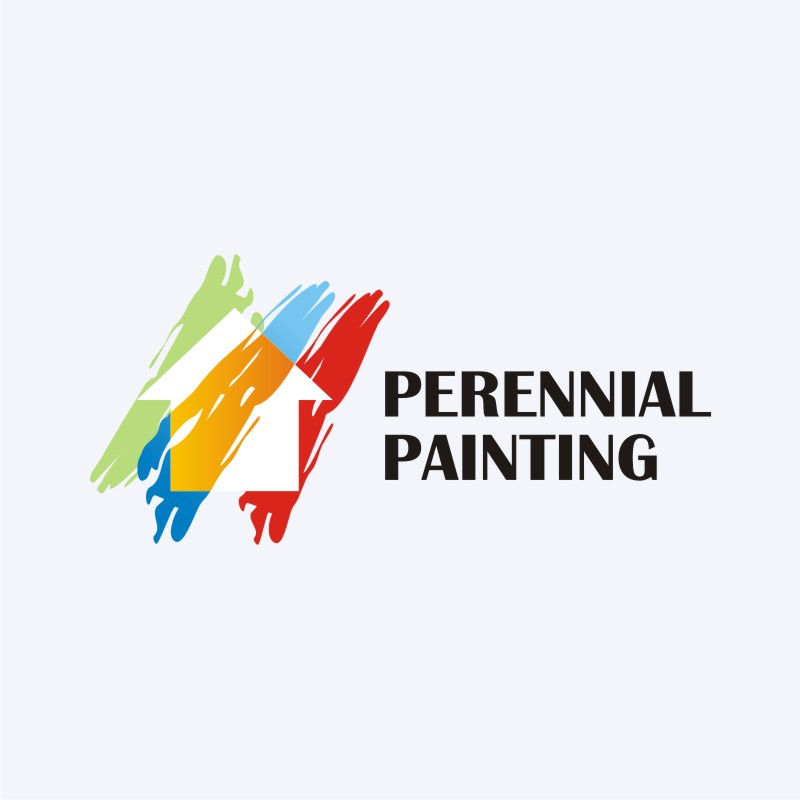Key Seasonal Considerations For Commercial Exterior Painting: What You Need To Be Informed Regarding
Key Seasonal Considerations For Commercial Exterior Painting: What You Need To Be Informed Regarding
Blog Article
painting wall and ceiling same color -Aguilar Whalen
When you're intending an industrial exterior painting task, seasonal factors can make or damage your outcomes. You'll wish to consider just how temperature level and humidity effect paint application and drying out times. Choosing the right period can ensure your paint adheres properly and lasts much longer. However which seasons are really the best for this sort of job? Allow's discover Click That Link that can affect your task's success.
The Effect of Temperature on Paint Application
When you're preparing an industrial exterior painting project, the temperature level can dramatically affect exactly how well the paint adheres and dries out.
Ideally, you want to paint when temperature levels range between 50 ° F and 85 ° F. If https://www.nytimes.com/2022/10/28/arts/design/steve-keene-art-book.html 's too cold, the paint might not cure effectively, bring about concerns like peeling off or splitting.
On the other side, if it's too hot, the paint can dry out also swiftly, preventing correct adhesion and resulting in an uneven finish.
You need to additionally think about the moment of day; morning or late afternoon offers cooler temperature levels, which can be a lot more favorable.
Always check the producer's suggestions for the particular paint you're making use of, as they frequently provide support on the perfect temperature range for optimal results.
Humidity and Its Impact on Drying Times
Temperature isn't the only environmental aspect that affects your business outside paint job; moisture plays a significant role as well. High humidity degrees can decrease drying out times considerably, influencing the total quality of your paint work.
When the air is filled with dampness, the paint takes longer to cure, which can bring about issues like poor adhesion and a higher risk of mildew growth. If you're repainting on a particularly damp day, be planned for extensive delay times between layers.
It's vital to keep an eye on local climate condition and plan as necessary. Ideally, additional reading for moisture levels in between 40% and 70% for optimal drying.
Keeping these factors in mind guarantees your project stays on track and delivers a lasting finish.
Best Seasons for Commercial Exterior Painting Projects
What's the very best time of year for your business external painting jobs?
Springtime and very early loss are commonly your best choices. Throughout these seasons, temperatures are light, and moisture degrees are often lower, developing suitable conditions for paint application and drying.
Prevent summer's intense heat, which can trigger paint to completely dry as well rapidly, bring about inadequate adhesion and coating. In a similar way, winter season's cool temperatures can impede appropriate drying out and healing, running the risk of the longevity of your paint work.
Go for days with temperatures between 50 ° F and 85 ° F for optimum results. Bear in mind to examine the local weather prediction for rain, as wet conditions can destroy your job.
Planning around these aspects guarantees your painting project runs efficiently and lasts longer.
Verdict
In conclusion, preparing your commercial exterior paint projects around seasonal considerations can make a significant distinction in the outcome. By organizing work throughout the excellent temperatures and moisture degrees, you'll ensure much better adhesion and drying times. Keep in mind to watch on regional weather prediction and pick the right time of year-- spring and early fall are your best choices. Taking these steps will certainly help you achieve a long lasting and expert finish that lasts.
